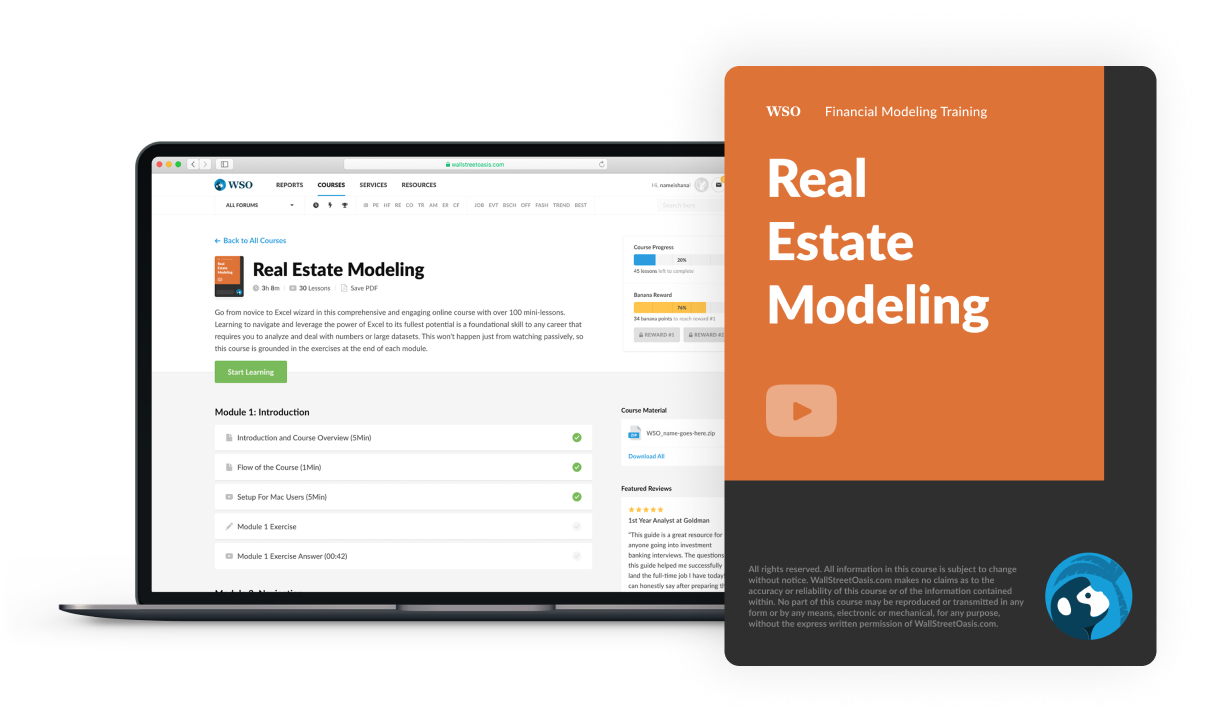Sales per Square Foot
Calculates the average revenue generated for every square foot of retail selling space.
What is Sales Per Square Foot?
Sales per square foot calculates the average revenue generated for every square foot of retail selling space. It is a performance benchmark of a store's efficiency in converting floor space into profitable sales.
This metric offers significance to retailers as a tangible gauge of their store's productivity.
High sales per square foot indicate effective space utilization and strong merchandising strategies, while low figures may prompt a reevaluation of store layout and product assortment.
Sales per square foot are important for retail strategy and operational efficiency.
The calculation involves dividing the total sales revenue by the total selling space area. The formula is straightforward and yields insights about a store's revenue-generating efficiency.
Think about your favorite shopping stores. Consider how they entice you to make more purchases by offering a diverse range of options and strategically organizing their space.
We simply need the sales value for a certain time period and the retail carpet area to evaluate the metric. The equation below shows how to calculate this.
The management team of WSO Pizza wants to evaluate the performance of its only store. In 2022, ABC Pizza recorded $200,000 in sales, and in 2021, it recorded $150,000 in sales.
Sales per square foot (2021) = In-store sales value ($) / Sq Footage of Retail Space
= 150,000/100,000
= $150/Sq Ft
| Fiscal Year | 2021 | 2022 |
|---|---|---|
| Sales | $150,000 | $200,000 |
| Retail Space (Sq Feet) | 100,000 | 120,000 |
Key Takeaways
- Sales per square foot is a critical metric, reflecting a retailer's efficiency in converting store space into revenue, calculated by dividing total sales revenue by selling area.
- Analyzing the details of sales per square foot helps retailers optimize their merchandising strategies for enhancing overall store performance.
- Strategically leveraging store space to increase sales per square foot contributes to higher sales and improved store performance.
How to increase Sales Per Square Foot
Retailers look for the best possible modes to increase sales per square foot as it conveys a successful product placement strategy.
Elevating this metric not only enhances the performance of a specific location but can also serve as a benchmark for improving other stores within a retail chain.
Let's understand a few of the factors that affect/influence the sales per square foot and are applied to increase the sales per square foot:
- Benchmarking with same-category stores: Interpreting the results requires considering industry benchmarks, store categories, and geographic locations. High sales per square foot are commendable for luxury boutiques but may be modest for large department stores.
- Seasonal measures: Retailers often encounter fluctuations in sales based on seasons, holidays, or economic conditions. Understanding the seasonal dynamics helps contextualize sales per square foot figures, informing strategic decisions.
- Trending ongoing in the market: Dynamic market trends, consumer preferences, and competitive landscapes impact sales. Retailers are agile enough to adapt their merchandising strategies in response to these trends, which can enhance their sales per square foot.
Importance of Sales per Square Foot
Consider your favorite furniture store, a retail space where the sales per square foot have dipped. Retailers use this metric to reconfigure the store layout strategically, highlight high-margin products, and create engaging displays to boost efficiency.
- Store Layout Optimization: When sales per square foot decline, retailers can use this metric to reassess and reconfigure the store layout. Strategic changes can be made to highlight high-margin products, improve traffic flow, and create more engaging displays that enhance the overall shopping experience.
- Merchandising Strategy Refinement: Sales per square foot provide valuable insights into the performance of products and categories. Retailers can use this information to refine their merchandising strategies, focusing on top-performing products and optimizing the product mix to maximize profitability.
- Inventory Management: This metric aids in effective inventory management by helping retailers identify products that contribute the most to sales. This knowledge helps adjust stock levels, minimize overstocking or stockouts, and maintain a balanced and profitable inventory.
- Identifying Growth Opportunities: Sections of the store with high sales per square foot indicate potential growth opportunities. Retailers can leverage this information to expand successful product lines or replicate effective merchandising strategies in other store areas, tapping into untapped markets.
- Operational Efficiency Benchmark: Sales per square foot serve as a benchmark for operational efficiency. Retailers can use this metric to streamline operations, allocate resources effectively, and identify areas where improvements can be made to enhance overall operational efficiency.
- Resource Allocation: Armed with data on sales per square foot, retailers can allocate resources more efficiently. This includes optimizing staffing levels, adjusting marketing efforts, and investing in areas of the store that have the potential for increased sales, ultimately improving the overall financial performance of the retail space.
Sales per square foot is not merely a metric; it's a strategic tool that empowers retailers to navigate the merchandising retail landscape. This metric is typically found in the 10-K or 10-Q financial statements available on the SEC website.
Conclusion
Calculating the metric accurately and applying its strategic insights position retailers to maximize their store's potential. The journey from data to strategic action is marked by a comprehension of sales per square foot, guiding retailers toward sustained success.
Accurate calculation of sales per square foot is akin to deciphering a unique language the store speaks. It reveals the nuanced performance of different sections, products, and categories, offering a roadmap for strategic interventions.
As retailers delve into the intricacies of this metric, they gain a profound understanding of their store's dynamics, enabling them to make informed decisions that resonate with the preferences and behaviors of their customers.
The strategic insights derived from sales per square foot empower retailers to optimize their store layout, refine merchandising strategies, and fine-tune inventory management.
It serves as a compass, pointing towards untapped growth opportunities and guiding resource allocation for maximum efficiency.
Sales per square foot push retailers beyond mere data analysis; using data transformations into actionable strategies creates a trajectory toward sustained success in the competitive retail landscape.

Everything You Need To Build Your RE Modeling Skills
To Help You Thrive in the Most Rigorous RE Interviews and Jobs.



or Want to Sign up with your social account?